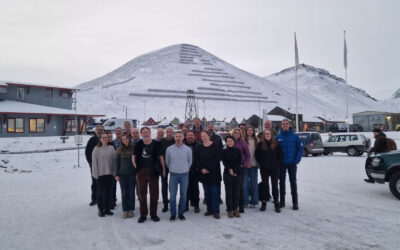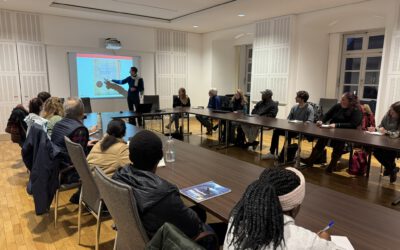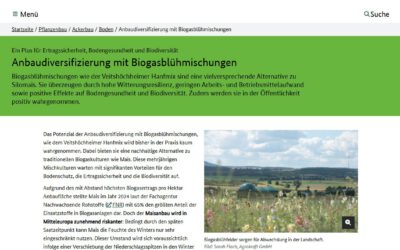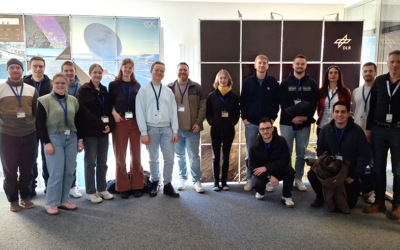We are happy to share that two of our Earth Observation Research Cluster (EORC) colleagues, John Friesen and Sarah Schönbrodt-Stitt, were invited to present at the 7th Climate Conference on April 2nd in Veitshöchheim. This event, organized by the Energieagentur Unterfranken, brought together climate adaptation managers and climate protection coordinators from across Lower Franconia.
Our team members delivered an engaging presentation on the potential of earth observation for climate adaptation. They provided a comprehensive overview of the EO4CAM project, highlighting its research activities and expected outcomes. The focus was on urban areas and georisks, particularly heavy rainfall events and flash flooding, in Bavaria.
The presentation underscored the importance of earth observation in enhancing our efforts in adopting to climate challenges. The insights shared by our colleagues were well-received, sparking meaningful discussions among the attendees.
We thank the organizers of this event and look forward to continuing our efforts to advance climate adaptation strategies through cutting-edge research, dialogue with stakeholders, and collaboration.









